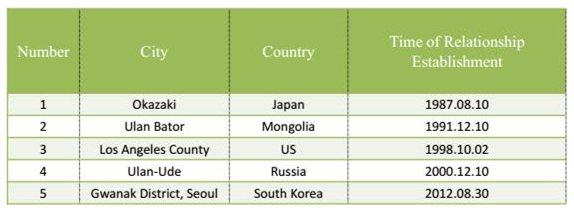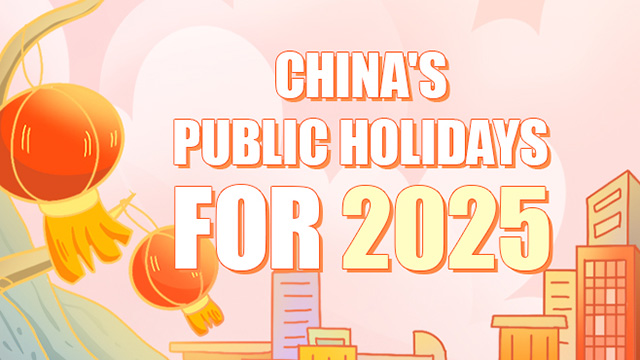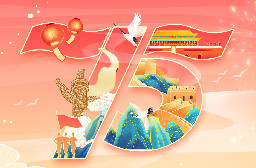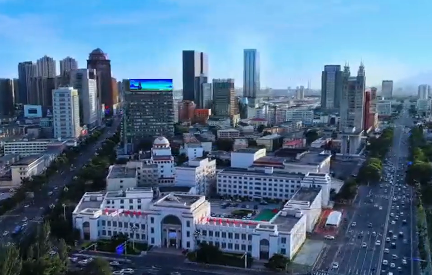Overview
Hohhot is the capital of Inner Mongolia and the political, economic, scientific and cultural center of the region and is recognized as one of China's better-known historical cities. The name Hohhot is Mongolian for "green city". It is known as a national forest city, a model tourist city, one of the global Top 20 for economic growth, China's Top 100 for economic strength, and China's Top 50 for investment and finance. It also has an abundance of dairy products.
Geography
The cities of Baotou and Erdos lie to the west and Ulanqab to the east as well as Shanxi province to the south. It is a key point for China's western development strategy while, at the same time, providing a hub for the north, northwest, and the rest of the mainland. It also connects China with Mongolia, Russia and even Eastern Europe.
Climate
The city has a continental monsoon climate and distinct four seasons with long, cold winters, short, hot summers, and violent weather changes in spring and autumn. Its coldest temperature can be -12.7℃, and the hottest, 22.9℃.
Administrative divisions
The city covers an area of 17,200 square kilometers, with a 2,065-sq-km urban area. The administrative area includes four districts, Xincheng, Huimin, Yuquan and Saihan, and four adjoining counties, Togtoh, Horinger, Qingshuihe, and Wuchuan -- and a banner called Tumd Left Banner, a national economic and technological development zone and a national high-tech development zone. It is home to nearly 3 million people.
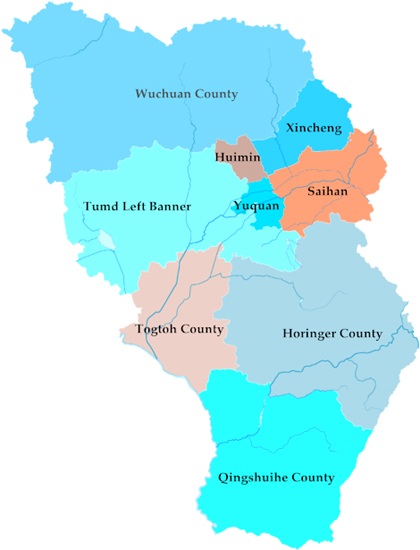
Economic data
In 2024, Hohhot's regional GDP reached 410.71 billion yuan ($56.19 billion), an increase of 6.1 percent year over year at constant prices, demonstrating steady growth.
The added value of primary industries was 17.33 billion yuan, up 5.1 percent; secondary industries reached 128.43 billion yuan, up 5.2 percent; and tertiary industries totaled 264.95 billion yuan, up 6.6 percent.
The added value of industrial enterprises above a designated size grew by 8.0 percent year over year. Of the 29 major industrial sectors, 19 achieved positive growth, with an expansion rate of 65.5 percent.
The sale of consumer goods for the year reached 126.5 billion yuan, up 5.2 percent year-on-year.
The cultural and tourism sectors witnessed strong momentum, with increasing demand for leisure and entertainment. Large-scale events such as concerts, expos, and cultural fairs significantly boosted consumption, driving the city's retail sales to 109.44 billion yuan, up 4.8 percent year-on-year.
The city's total import and export volume reached 22.67 billion yuan, a 17.3 percent year-on-year increase.
Sister cities
